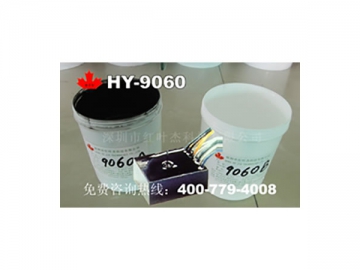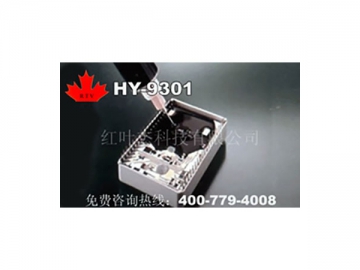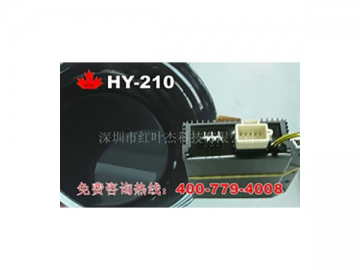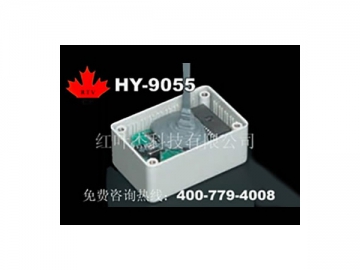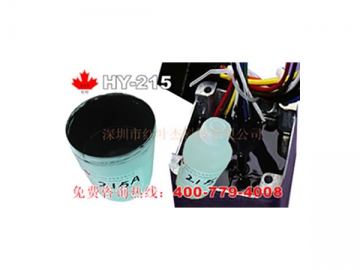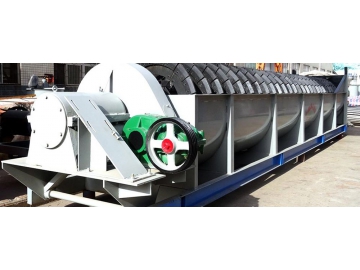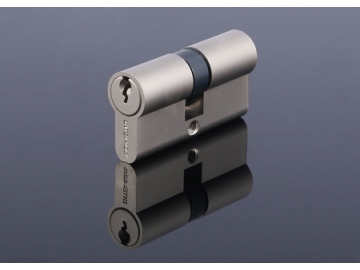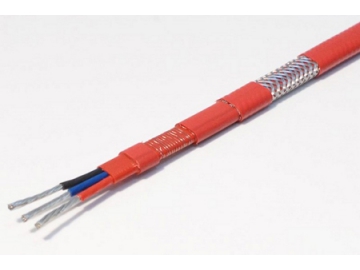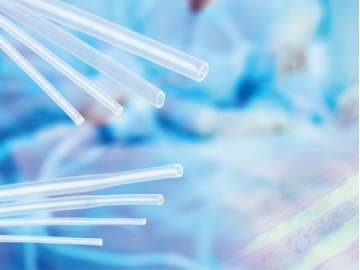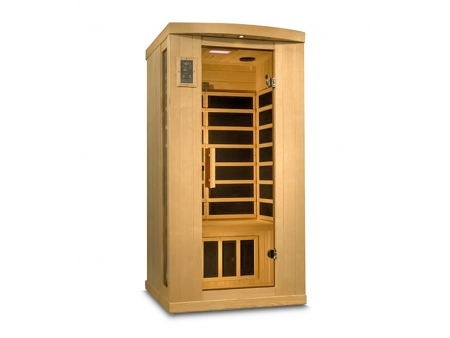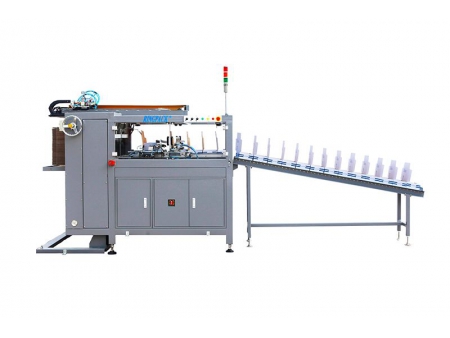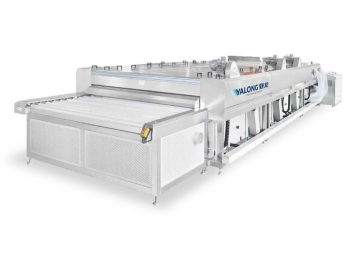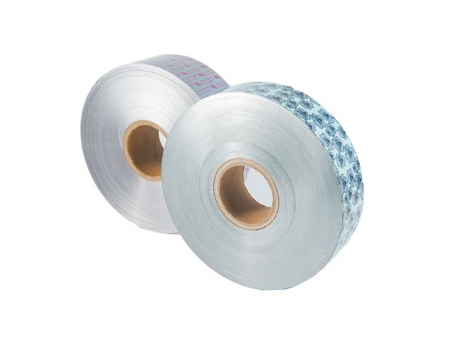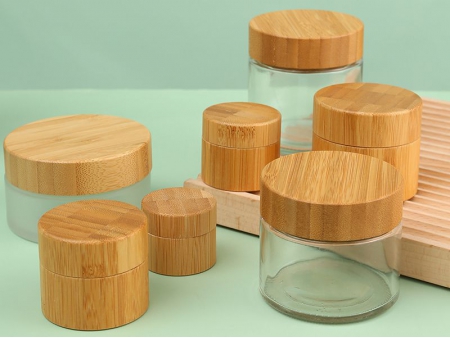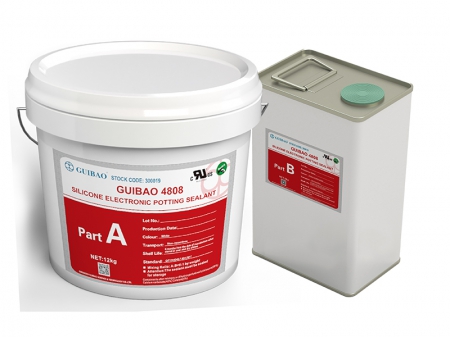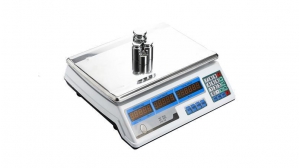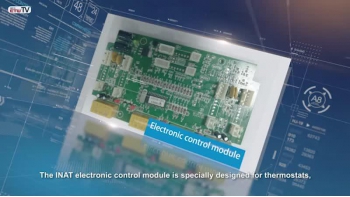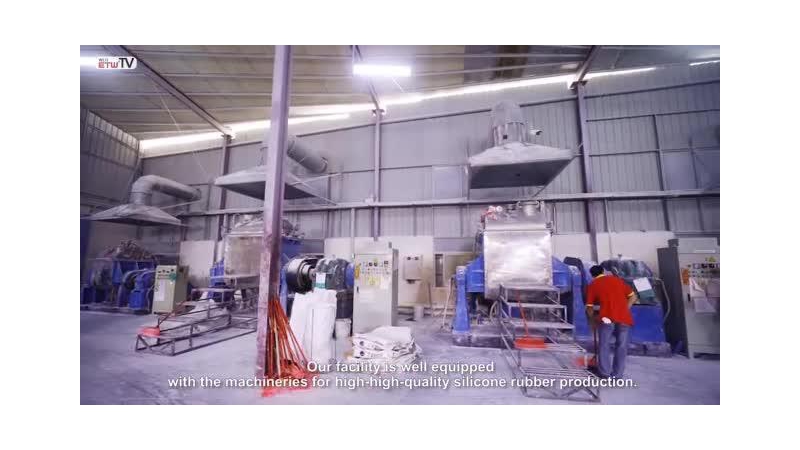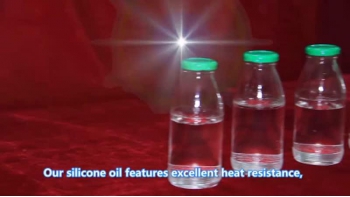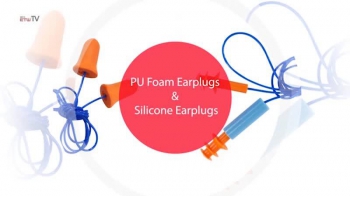HY-9060 Electronic Potting Silicone
The two-component electronic potting silicone is thermally conductive with low viscosity and flame resistance. It can be cured under room temperature or heated to cure. The higher the temperature, the faster the silicone will cure. Without producing any by-product during cure, the electronic potting silicone is applicable to surfaces of PC, PP, ABS, PVC and metal, among other materials.
Also, fully compliant with ROHS requirements, the silicone with flame resistance up to UL94-V0 level is used for insulation, water protection, flame retardance and fixing for electric components. Typically the electronic potting silicone has applications in high power electronic elements, and encapsulation of power modules and circuit boards with high requirements for heat dissipation and temperature resistance.
Use Instructions on the Electronic Potting Silicone
1. Put component A and component B in separate containers and stir evenly before mixing the two components together.
2. The two components are mixed in the weight ratio of 1:1.
3. The electronic potting silicone can be deaired according to specific needs. Stir the A and B mixture uniformly and then put it into a vacuum container. After 5 minutes' deaeration under 0.08MPa, it will be ready for pouring.
4. The addition cure electronic potting silicone, before curing and after curing, we should keep the required temperature according to the technical datasheet, and if the silicone is thicker, the curing time will be longer accordingly. The silicone curing speed is influenced by the temperature. It takes a long time for curing in winter when heating is recommended for curing. 15 minutes is required for curing under 80~100℃, and approximately 8 hours at room temperature.
5. Substances such as incompletely cured condensation silicone, amine-cured epoxy resin and solder flux may hinder the curing process or cause the electronic potting silicone not to be cured. Thus users had better check it before use and clean the surface before applying the silicone if necessary.
| Item | Component A | Component B | |
| Before curing | Appearance | Dark grey fluid | White fluid |
| Viscosity (cps) | 3000±500 | 3000±500 | |
| Operating performance | A:B (weight ratio) | 1:1 | |
| Viscosity after mixing (cps) | 2500~3500 | ||
| Operating time (min) | 120 | ||
| Curing time (min, room temperature) | 480 | ||
| Curing time (min, 80℃) | 20 | ||
| After curing | Hardness (Shore Ao) | 60±5 | |
| Thermal conductivity [W(m·K)] | ≥0.8 | ||
| Dielectric strength (kV/mm) | ≥25 | ||
| Dielectric constant (1.2MHz) | 3.0~3.3 | ||
| Volume resistivity (Ω·cm) | ≥1.0×1016 | ||
| Linear expansion coefficient [m/(m·K)] | ≤2.2×10-4 | ||
| Flame resistance | 94-V0 | ||
Note: The above performance data are based on the following conditions: 25℃ temperature, 55% relative humidity and one day after curing. The data are subjected to change under different test conditions and without notice due to product improvement.
Tips
1. The silicone gel should be kept sealed. Use up the well-mixed silicone at one time to avoid waste.
2. Keep the electronic potting silicone away from the mouth and eyes. In case the silicone gets into the mouth or eyes, rinse immediately with plenty of clean water.
3. The product may become layered after being stored for a period of time. Stir it evenly before use, so the silicone performance will not be affected.
4. In order to prevent non-curing, the electronic potting silicone should not touch the following substances: organotin compounds and silicone rubber containing organotin; sulfur, sulphide, and sulfur-containing rubber; aminated compounds and amine-containing materials.
Packaging, Storage and Transportation of the Electronic Potting Silicone
1. The electronic potting silicone is packed in 20Kg/set (A: 10Kg, B: 10Kg).
2. Shelf life of the silicone is one year (below 25℃).
3. The goods is NOT subject to the provisions of IMDG code. It is treated as general chemicals for safe transportation.
3. Use it within the warranty period. Our company is not liable for any quality problem due to use after the expiration date or improper storage.
